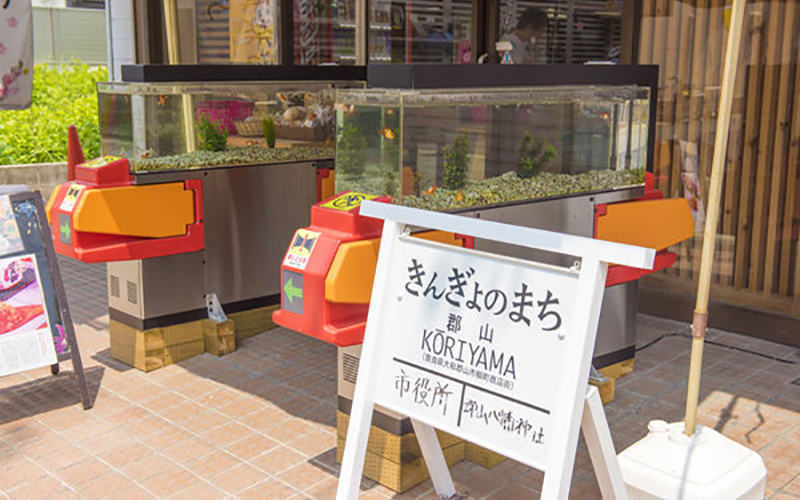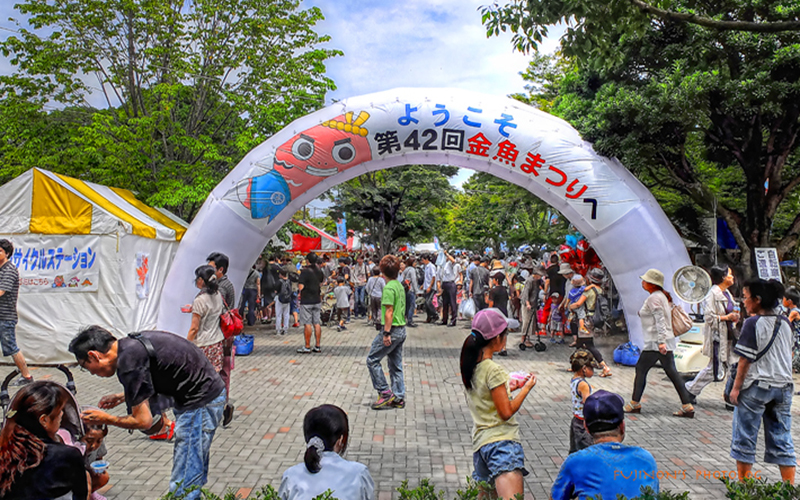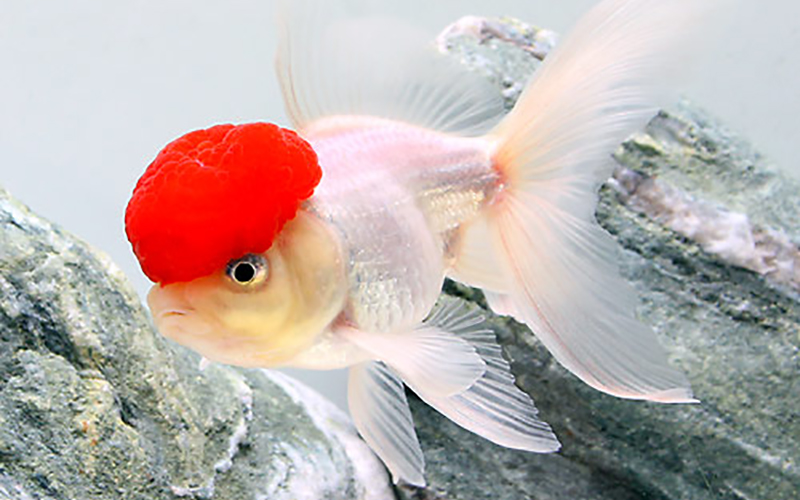knowledge
When you go to a specialty store to buy goldfish, you may see the place of production written on the label, such as Yatomi or Yamatokoriyama. Even if the place of production is written, it is sometimes difficult to understand what the difference is depending on the place of production. In this article, we will explain the place of production.
Table of Contents
To purchase goldfish,If you go to a specialty store, you may see the place of production written on the label, such as Yatomi or Yamato.Unlike foodstuffs displayed in supermarkets, there are few people who choose foodstuffs based on their place of production. Even if the place of production is indicated, it is not always easy to understand what the difference is depending on the place of production.
In this article, we will describe four well-known goldfish production areas.

If you ask me to name a goldfish production area, the first place that comes to mind is the Yatomi region of Aichi Prefecture.
As a producer of goldfish, we are proud to be the largest goldfish producer in Japan in terms of cultivated pond area, sales, and number of varieties. Goldfish come from all over Japan. In recent years, due to redevelopment in the Yatomi City area, the number of goldfish produced has been decreasing, and the area has shifted to a more high-end line.
The goldfish (Wagane) that astronaut Chiaki Mukai took into space in 1994 was also a goldfish from Yatomi.
The Yatomi area started as a production area when a goldfish merchant from Yamatokoriyama, Nara Prefecture, stayed at Maegasu (near present-day Yatomi City) on the Tokaido Highway during the Edo period, rented land and built a reservoir to use as a water change and resting place for goldfish. It is said that the goldfish production area began when Gonjuro, a local goldfish merchant, became fond of the goldfish and purchased them.

Yamato Koriyama in Nara Prefecture is currently the largest producer of goldfish in Japan, surpassing the Yatomi region in Aichi Prefecture. Goldfish from Yamato Koriyama account for the majority of goldfish distributed in Japan.
In Yamato Koriyama City, there are many opportunities to see goldfish in various places in the city due to the city-wide focus on goldfish. For example, "a ticket gate with goldfish swimming" and "a telephone booth with goldfish swimming" are things that few people have seen on TV or the Internet at least once. More and more people are visiting Yamato Koriyama City as a tourist destination.
In Yamato Koriyama City, the "National Goldfish Sukui Championship" has been held every year since 1995 on the third Sunday of August, where contestants compete to see how many goldfish they can scoop up in three minutes with one poi per person. This is one of the largest goldfish scooping competitions in the country, and is very exciting every year. The goldfish used in this event are Japanese goldfish produced in Morin Yamato Koriyama.
The origin of Yamatokoriyama as a production site dates back to 1724, when Marquis Yanagisawa Kichisato of Kai no Kuni (Yamanashi Prefecture) entered Yamatokoriyama. Toward the end of the Edo period, it became a side job for samurai, and later, after the Meiji Restoration, it flourished as a job for samurai families who had lost their jobs. Yamato Koriyama has become an indispensable part of the domestic goldfish industry today.

Edogawa, Tokyo, is the general name for an area where goldfish farming flourished from the Edo period to the Meiji period. Currently, due to urbanization of the city and lack of successors, the number of goldfish farmers has been decreasing, and the number of goldfish produced has been decreasing accordingly.
Even today, however, the "Goldfish Festival" held every July in Edogawa Ward is well known as a goldfish production area, not only for the goldfish scooping, but also for the rarely seen high-end goldfish that are displayed and sold at the festival, which can be enjoyed by goldfish lovers as well as by the whole family. The goldfish are also well-known as a goldfish production area because of its family-friendly festivals. The tradition of the Edogawa brand continues today, with goldfish that have won awards such as the Minister of Agriculture, Forestry and Fisheries Award.
The origin of goldfish in the Edogawa River dates back to the mid-Edo period, when goldfish were becoming popular among the general public, and the area around Edogawa Ward developed as a goldfish aquaculture area due to its large land area and good water quality.

The Nagasu region of Kumamoto Prefecture is a production area where the whole town is excited about goldfish. The only aquarium in the country specializing in goldfish, the "Goldfish Museum," is one of the reasons why the Nagasu region has become so widely known. The aquarium exhibits a variety of goldfish, from standard breeds to rare varieties.
Another thing that cannot be forgotten when talking about the Nagasu region is the "jumbo Dutch lion head. It is characterized by being more than twice the size of a regular Dutch lion's head. If you are a Dutch lion head lover, this is the breed you would like to own at least once. There are even people who travel to the Nagasu region in search of a jumbo Dutch lion head.
The origin of goldfish in the Nagasu region dates back to the end of the Edo period and the beginning of the Meiji period, when a local resident brought goldfish back to the Nagasu region and began cultivating them through trial and error. After that, more and more places began to cultivate goldfish in the town one after another.

Recent years,Other than the production areas mentioned above, one production area that goldfish lovers have been paying attention to is the Iida region of Nagano Prefecture. Recently, this is a production area that is increasingly being seen in specialty stores. The most distinctive feature of goldfish produced in Iida is their exceptionally deep reddish color.Generally, the reddish color of the goldfish you see is closer to orange, but the goldfish from Iida are not orange, but closer to the red color of traffic lights and the like.
In addition, chintz is now a hot production area because of its darker reddish color, which makes the white look more beautiful. However, the price range tends to be 10-20% higher than other production areas. We recommend Tanchou and Ryukin produced in Iida because their characteristics are more easily recognizable.